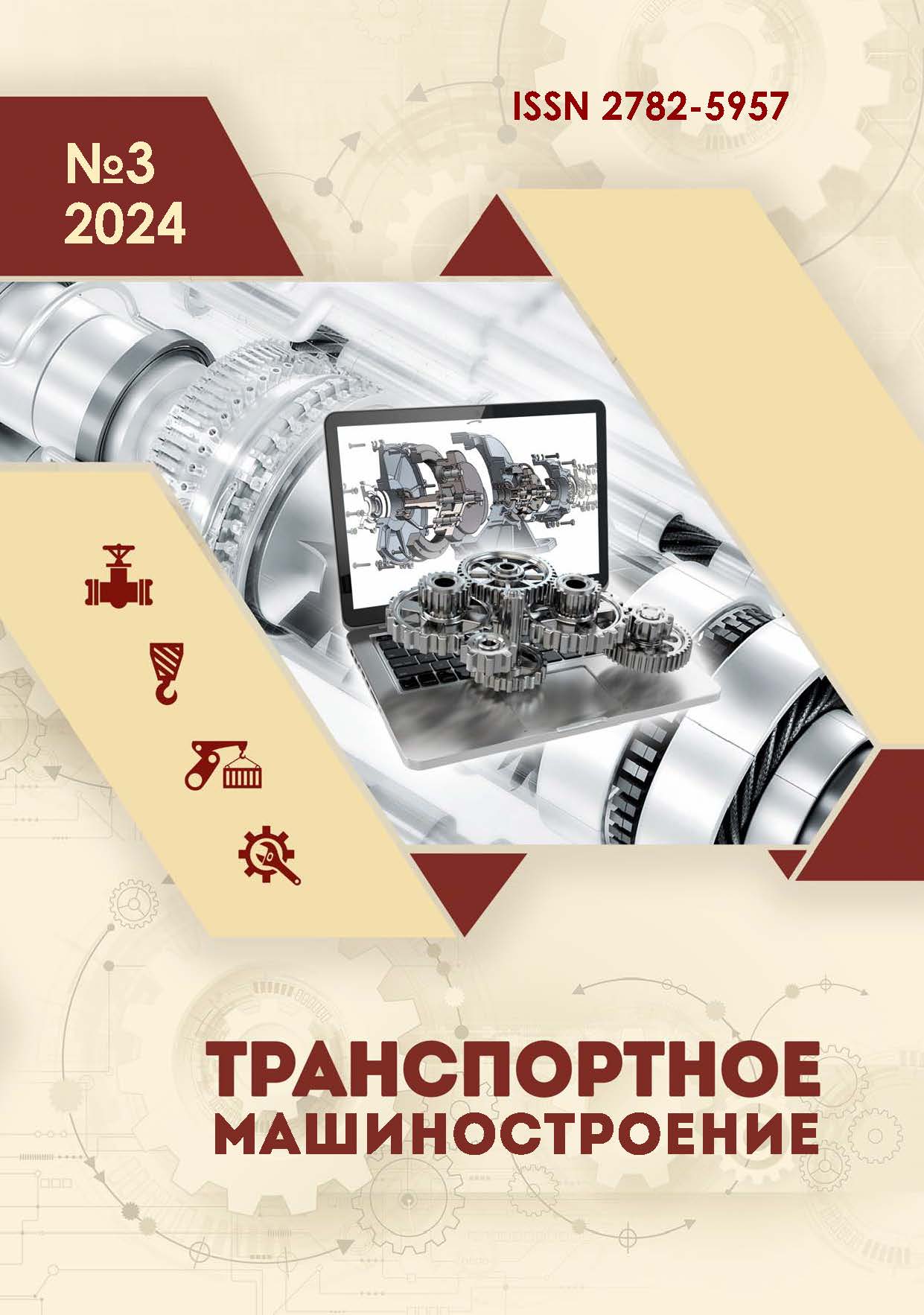graduate student
Gomel Car House Gomel Branch of Belarusian Railway (Process Engineer)
employee
Gomel, Belarus
employee
Belarus
UDK 620.179.16 Метод испытания (контроля) ультразвуком
UDK 629.4.027.4 Колеса
BBK 392 Железнодорожный транспорт
Coupling fluids are important flaw detection materials that are used during ultrasonic testing in order to find out acoustic contact between the piezoelectric transducer and the object of control. The paper considers coupling fluids of various viscosities that can be used as a coupling medium for ultrasonic flaw detection. A comparative analysis of the effect of the studied coupling fluids on the sensitivity of the control is carried out, which is determined by the attenuation of the transmitted ultrasonic signal through the roll surface of the car wheelset wheel. The control sensitivity is assessed on the flat and inclined surfaces of the all-rolled wheel. The introduction of ultrasound into the wheel material (steel 2) is carried out by an inclined piezoelectric transducer at an angle α = 900, with an oscillation frequency f = 0.4 MHz. It is found out that by providing a reliable constant force of the ultrasonic transducer P121-90-0.4 due to the permanent magnets built into it, an increase in the viscosity of the coupling fluid can significantly affect the amplitude of the received echo signals. During the research, it is found that low-viscosity coupling fluids are characterized by stable coupling regardless of the time and clamping force of the transducer, in contrast to high-viscosity coupling media, when using them sharp fluctuations in the overall gain of the second through signal in AGC zone are observed on the flaw detector screen. Therefore, in practice, the use of high-viscosity coupling media leads to a sharp increase in signal amplification (amplitude), which may result in over reject.
fluid, viscosity, ultrasonic control, wheelset, piezoelectric transducer, sensitivity, control
1. What contact fluids for manual UZK (UZD, UZT) do you use? Flaw Detector Forum [Internet]. [cited 2023 Oct 11]. Available from: https://defektoskopist.ru /threads/rfrie-kzh-ispolzuete-dlja-ruchnogo-uzk.11489/
2. Murashov VV, Laptev AS. Contact fluids for creating acoustic contact during ultrasonic inspection of multilayer structures made of polymer composite. Proceedings of VI-AM. 2015;8:74-82. doi.org /https://doi.org/10.18577/2307-6046-2015-0-8-10-10.
3. Alyoshin NP, Bely VE, Vopilkin AH. Methods of acoustic control of metals. Moscow: Mashinostroenie; 1989.
4. Kireev AN, Vitrenko VA. Application of DAC function at the setting of conditional sensitivity of ultrasonic control of rolling stock parts with echo-pulse method. Russian Railway Science Journal. 2017;76(6):377-382. doi.org /https://doi.org/10.21780/2223-9731-2017-76-6-377-382.
5. Kireev AN. Equivalent sensitivity setting during ultrasonic inspection of steel butt welded joints. NDT World. 2016;19(3):74-76. doi.org /10.12737/21175.
6. Otoka AG, Logunov VG, Kholodilov OV. Sensitivity of contact and immersion methods of ultrasonic testing when detecting reference reflectors in a tuning sample. Non-destructive Testing and Diagnostics. 2023;1:30-36.
7. Ermolov IN, Lange YuV. Ultrasonic control. Moscow: Mashinostroenie; 2004.
8. Flaw detector PELENG UD2-102VD: user manual. St. Petersburg; 2017.
9. Rules of non-destructive control of parts and components of car wheelsets during repair. Special requirements (approved by the Council of Railroad Transport of the Commonwealth State members) 2012 October 16-17; 2013.
10. Contact fluids for ultrasonic testing [Internet]. 2020 [cited 2023 Oct 12]. Available from: https://nd-testing.ru/blog/tekhnologii-nera-zrusha-yushchego-kontrolya/kontaktnye-zhidkosti-dlya-ultrazvukovogo-kontrolya.






